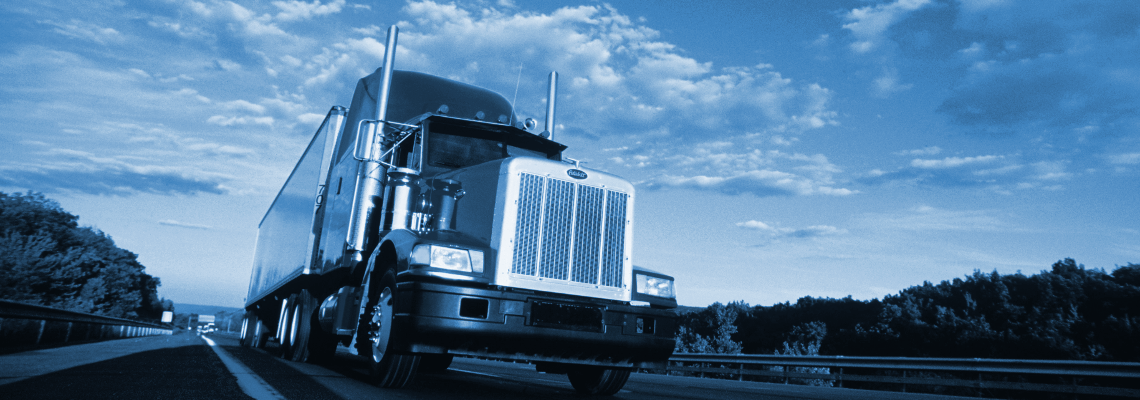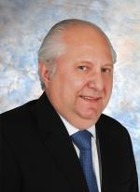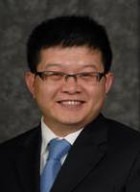Western Auto OEMs Seek Privileges for LNG Trucks
Move is opposed by Russian KAMAZ which plans to make similar machines.

Market players have proposed canceling import taxes and utilization fees for commercial vehicles fueled by LNG until 2025. The target of the measure is the development of LNG-transport until the appearance of domestic analogs of such machinery.
The suggestion comes from foreign makers of LNG on-highway tractors and supported by Gazprom. Now, no imported vehicles are exempted from these taxes.
The import tax for on-highway tractors is 5% of their cost, and the utilization fee is 10 to 12K Euro. LNG tractor is more expensive than its diesel analog by about 35K Euro.







